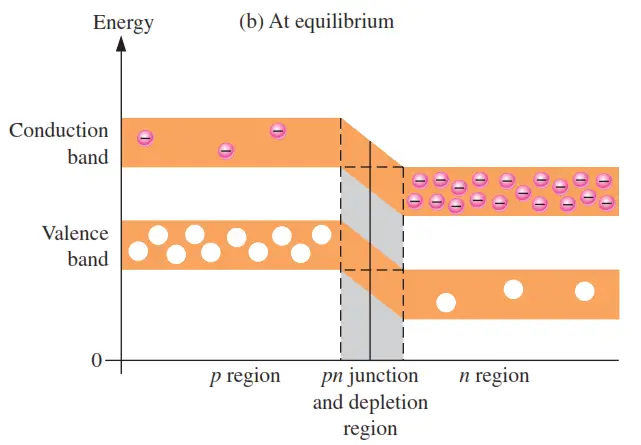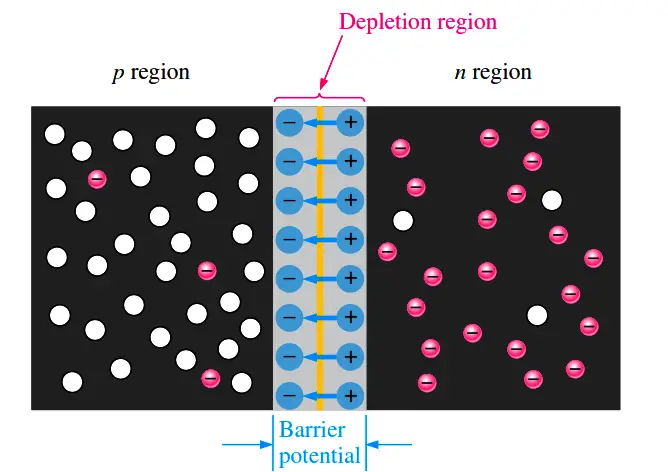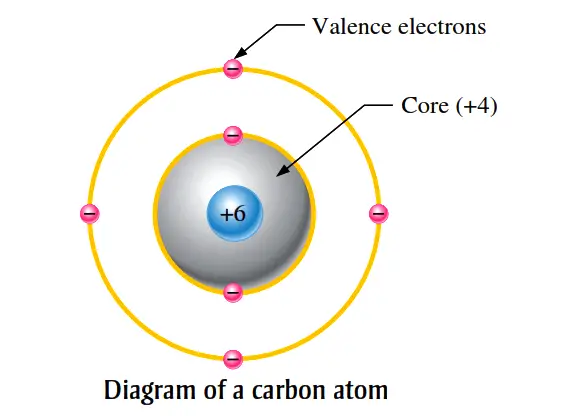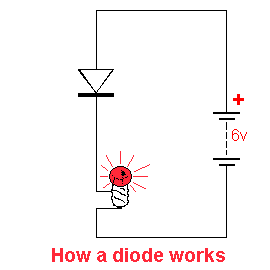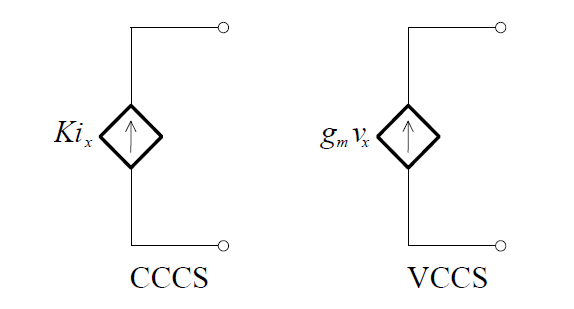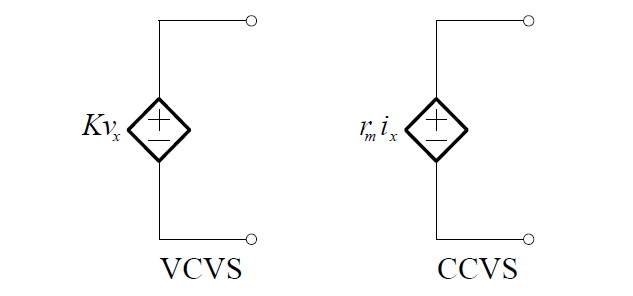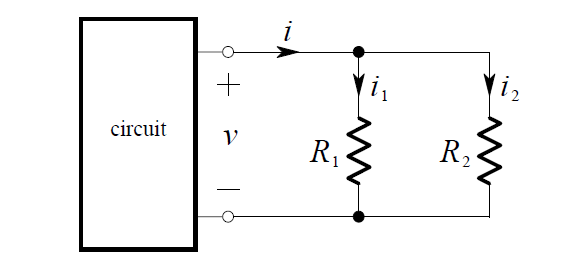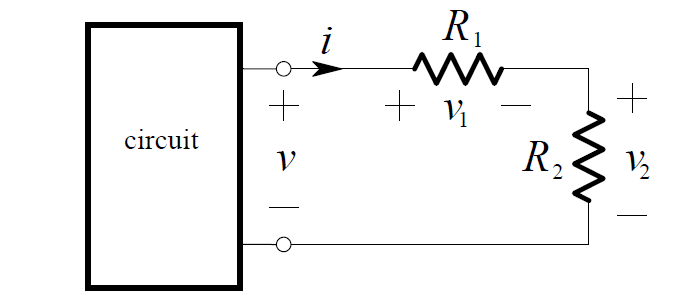Energy Diagrams of PN Junction & Depletion Region
The valence and conduction bands in an n-type material are at slightly lower energy levels than the valence and conduction bands in a p-type material. Recall that p-type material has trivalent impurities…
How a PN Junction Formed in a Diode
When you take a block of silicon and dope part of it with a trivalent impurity and the other part with a pentavalent impurity, a boundary called the pn junction is…
N Type and P Type Semiconductors
Semiconductive materials do not conduct current well and are of limited value in their intrinsic state. This is because of the limited number of free electrons in the conduction band and holes…
Band Gap for Semiconductor Materials
The valence shell of an atom represents a band of energy levels and that the valence electrons are confined to that band. When an electron acquires enough additional energy, it…
Insulators, Conductors and Semiconductors
All materials are made up of atoms. These atoms contribute to the electrical properties of a material, including its ability to conduct electrical current. For purposes of discussing electrical properties, an…
How a Gate Works ?
On the previous article, we saw how the output of a gate goes HIGH or LOW according to the voltage level on the inputs. But how is a gate used in a…
Dependent Current Source
A dependent current source establishes a current, which is independent of the voltage across it, that is determined by the voltage or current at some other location in the electrical…
Dependent Voltage Source
Dependent Sources An ideal source, either voltage or current, whose value depends upon some parameter (usually a voltage or current) in the circuit to which the source belongs is known…
Current Divider Rule
It can be quite useful to determine how a current entering two parallel resistors “divides” between them. Consider the circuit shown below: We replace the parallel connection of R1 and R2 by its…
Voltage Divider Rule
It can be quite useful to determine how a voltage appearing across two series resistors “divides” between them. Consider the circuit shown below: By Ohm’s Law, the current in the…
